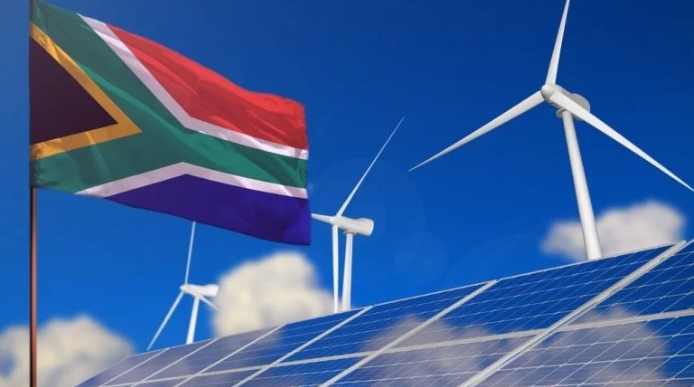
Several solar and wind projects in South Africa have received €400m (R7.9bn) from a joint initiative between the European Investment Bank (EIB) and South Africa’s own FirstRand Bank.
FirstRand is matching EIB’s €200m ($221.82m) loan with the aim of increasing energy generation by the private sector, boosting energy security and reducing power cuts in South Africa.
The investment is part of Global Gateway, Europe’s external strategy for clean and sustainable infrastructure. EIB is a key partner in the strategy, targeting €100bn of investment by the end of 2027, a third of Global Gateway’s overall investment plan.
This latest loan to South Africa follows €25m of funding from the EU for hydrogen-focused projects announced earlier in September.
EU ambassador to South Africa Sandra Kramer said in a statement the “initiative shows the power to mobilise resources to achieve those objectives when public-private partnerships are created”.
FirstRand Group treasurer Bhulesh Singh added that the bank’s approach to “helping its clients shift to renewable energy and enhance climate resilience supports South Africa’s efforts to address the country’s climate change and energy supply challenges”.
South Africa has set a net-zero target for 2050. President Cyril Ramaphosa has stated that carbon tax can be reinvested into renewable energy projects and energy efficiency programmes.
According to EIB, investment has yet to match the country’s potential in renewable energy generation. Power Technology’s parent company, GlobalData, forecasts that the South African energy market is currently on track to reach a compound annual growth rate (CAGR) of 1% by 2035.
However, the country’s solar and wind markets are booming, with CAGRs of 12% and 13% by 2035, respectively.
South Africa has an average of 2,500 hours of sunshine per year, making it one of the top locations in the world for solar energy generation. The leading solar plant in South Africa is the 12,000MW JER South Africa Hydrogen solar PV project.